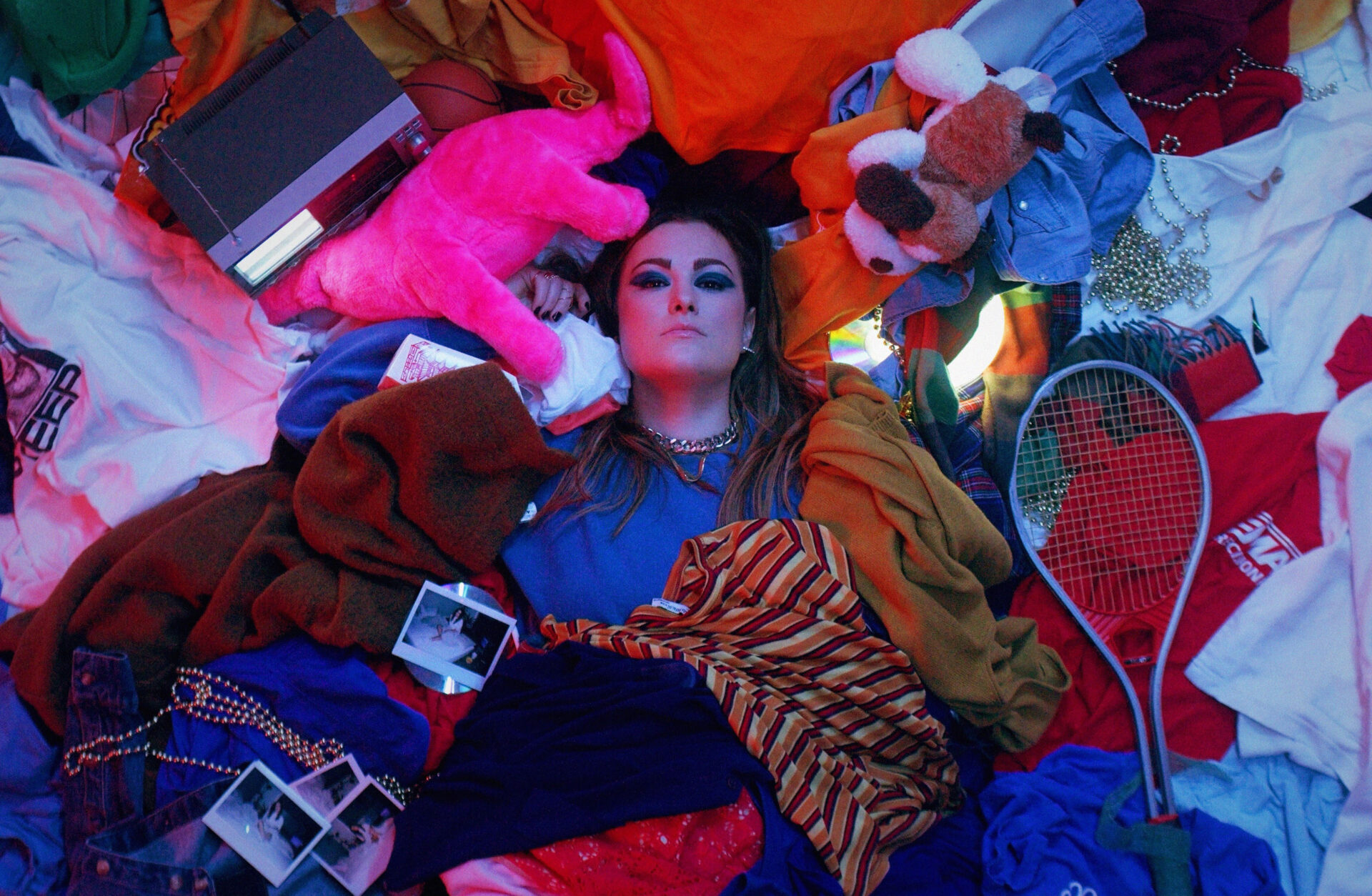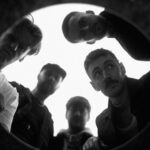It’s not always a bad idea to hang a film on a gimmick. Many times, especially for new or low-budget creators, a unique aesthetic or narrative hook can set their film apart from the crowd, and as video on-demand services become more and more crowded, small, independent productions need to get more creative in how they present themselves to potential renters and purchasers. The Gracefield Incident is, at first glance, a reinvention of the found footage genre, with a neat camera trick as its main selling point that could have made for an interesting film with its inherent limitations and the necessary creative workarounds those limitations would require. That, though, would require that the film adhere to those limitations, and The Gracefield Incident unfortunately can’t resist the shortcuts to make yet another tedious found footage romp, with all the attendant flaws that subgenre entails.
Following a car accident in which his pregnant wife (Kimberly Laferriere) has a miscarriage and he loses an eye, Matthew (Mathieu Ratthe, who also wrote, directed, and produced this film) creates a special prosthetic eye in which he embeds an iPhone camera, allowing him to record what he sees. He, his wife, and four other friends go on a retreat to a cabin in the woods, where he tests out his new recording device. While there, a meteor blazes over the house, and as the group ventures out into the woods to recover it, it becomes clear that a strange presence is stalking the woods with them.
Now, the first-person scenes from Matthew’s eye camera can be decently executed, particularly when in an enclosed space with coherent geography. There’s a particularly creepy scene in the middle of the film where Matthew wanders the interior of the cabin at night, and strange occurrences such as malfunctioning clocks and mysterious balloons are revealed to the audience in tandem with Matthew’s reactions. This is a legitimately unsettling sequence that demonstrates the potential of the premise, which makes it unfortunate that the film spends much more time running around in dark, dizzying woods that completely negate what makes the eye camera gimmick so interesting. When the camera is shaking about as the characters run, it doesn’t matter whether what we’re seeing is a first-person perspective, because the person is moving too fast to process what they’re seeing anyway.
This might be why the film cheats on its premise a bit by having another character carry around a camera, while occasionally cutting to characters talking to their phone cameras. This not only lessens the impact of the gimmick, but when in contrast to Matthew’s eye camera it becomes painfully obvious when characters are contriving to pick up and carry cameras around for no other reason than that a movie wouldn’t exist otherwise. This is especially obnoxious when characters run for their lives from a monstrous presence that, even being generous to the production’s low budget, looks like it belongs in the cutscene of a Playstation 2 game.
What’s frustrating about The Gracefield Incident, though, is that it’s not just a bad movie, but it offers a glimpse at the sort of ingenuity that would have elevated the film above its tired subgenre. If Mathieu Ratthe had built a film around the limitations of a first-person perspective and an understanding of a closed environment’s geography, this could have been the intriguing offspring of Hardcore Henry‘s first-person aesthetics with Don’t Breathe‘s horror cinematography. Instead, we’re left with less than meets the eye.













